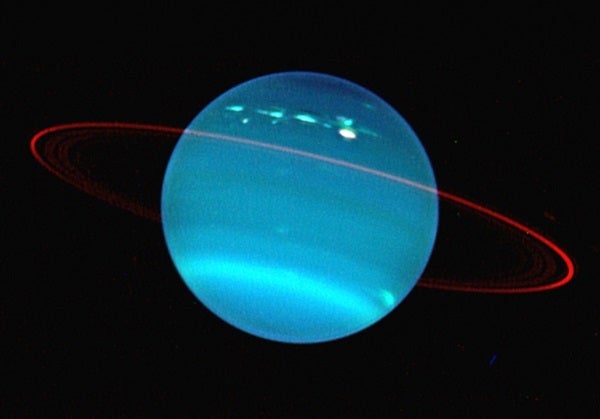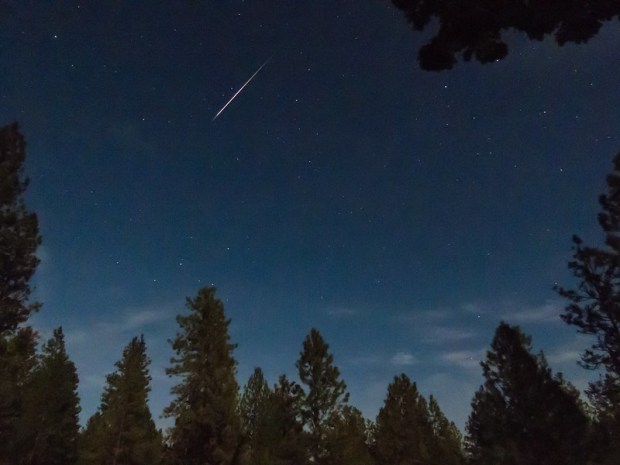Opposition officially arrives at 9 p.m. EDT, when the outer planet lies opposite the Sun in our sky. This means it rises at sunset, climbs highest in the south around 1 a.m. local daylight time, and sets at sunrise. (From 40° north latitude, Uranus peaks at an altitude of 61°, the highest it has appeared at opposition since February 1962.)
The magnitude 5.7 planet lies in the southwestern corner of Aries, just over the border from Pisces. In the nights around opposition, you can find it 2.8° northeast of 4th-magnitude Omicron (ο) Piscium.
Although Uranus shines brightly enough to glimpse with the naked eye under a dark sky, use binoculars to locate it initially. A telescope reveals the planet’s blue-green disk, which spans 3.7″.
See what else you should look for in the night sky with our weekly guide: The sky this week.










